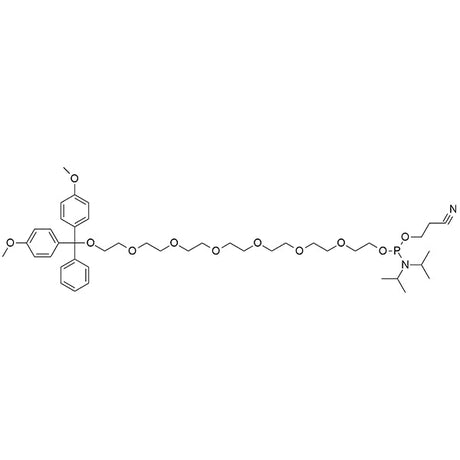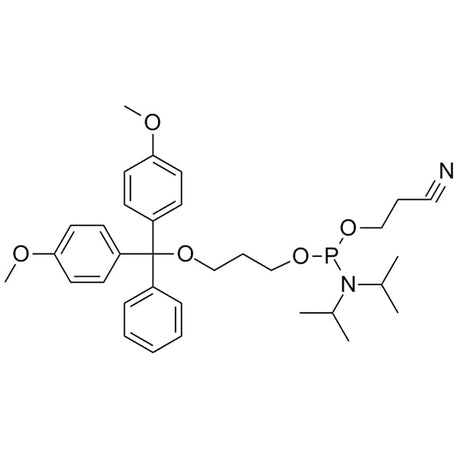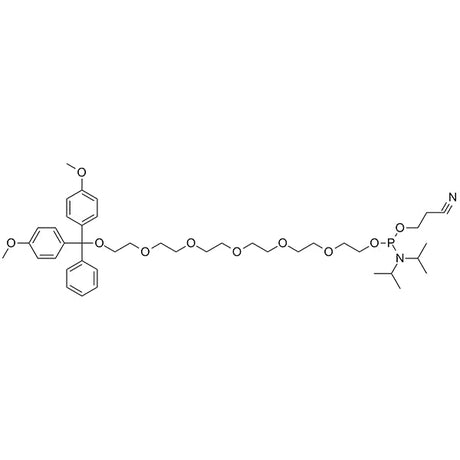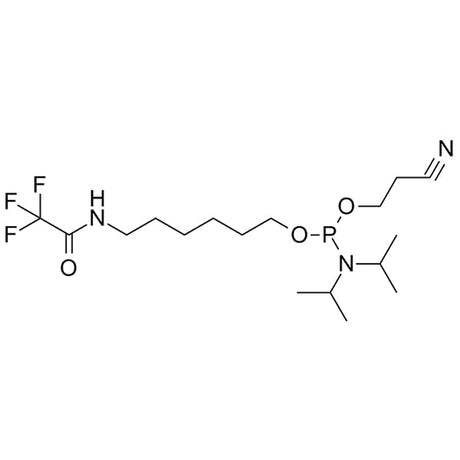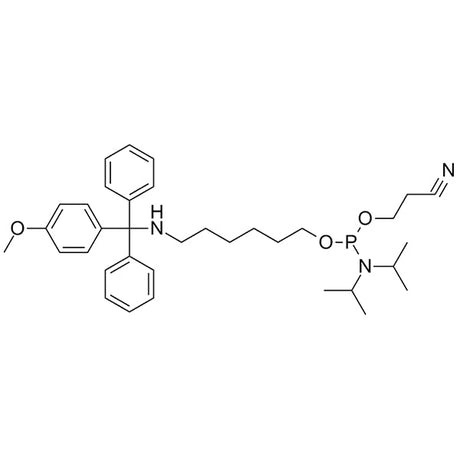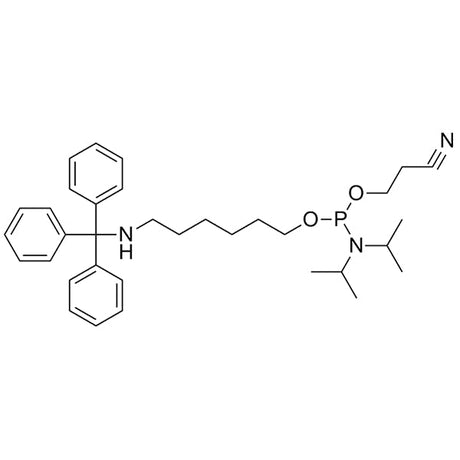What are Linkers?
Linkers, also known as spacers or conjugation arms, are specialized molecular entities integrated during oligonucleotide synthesis to serve two primary functions:
-
Solid-Phase Attachment: To tether the oligonucleotide to a solid support (e.g., CPG, polystyrene beads) during synthesis.
-
Bioconjugation: To provide a functional handle for post-synthetic modification with dyes, proteins, nanoparticles, or other molecules.
These constructs are chemically designed to offer stability during synthesis and selective cleavability or conjugation under specific conditions.
Synthesis and Integration
Linkers are incorporated into oligonucleotides using phosphoramidite chemistry—the industry standard for automated oligo synthesis:
-
Functionalization: Solid supports are pre-functionalized with linkers (e.g., succinyl, long-chain alkylamine, or specialty cleavable groups) to allow initiation of oligo elongation.
-
Site-Specific Incorporation: During synthesis, linker phosphoramidites can be introduced at either the 5' or 3' end, or internally, to facilitate downstream conjugation.
-
Cleavage & Deprotection: After synthesis, specific treatments (e.g., ammonium hydroxide for base-labile linkers, UV for photolabile linkers, or enzymatic cleavage) are used to release the oligo or expose functional groups.
Our linkers are synthesized under strict QC protocols, including HPLC and MS validation, to ensure high coupling efficiency and batch-to-batch reproducibility.

